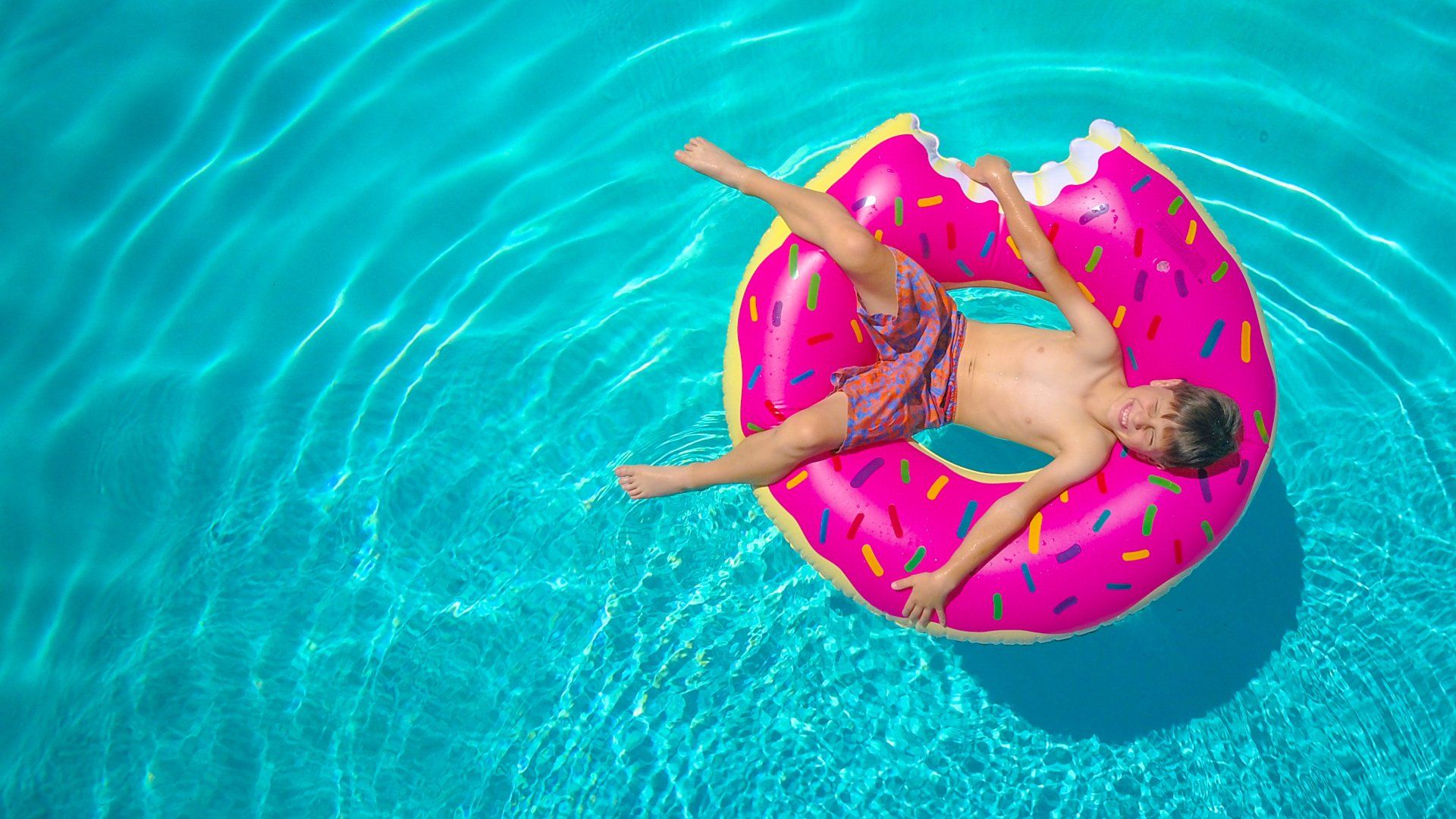Floaties Are Not as Safe as They Seem

Yes, children love floaties – but they are so dangerous that the CDC doesn’t recommend their use in the pool. It’s a strong communication that should grab your attention.
“Look how they keep kids above the water. Floaties have got to be safe!”
No, floaties are not safe. They are not recognized by any organization as a safe personal flotation device. The Centers for Disease Control and Prevention reports that about 10 people drown each day – and one in five people who die from drowning are under the age of 14. What’s more for every child who does die from drowning, five more require emergency department care. For these reasons, the CDC recommends that parents do not use floaties or water wings in the pool. Here’s why:
Water wings do not keep your children safe
Floaties – especially those worn on each arm, and commonly called water wings. The only thing they do is provide both parents and children with a false sense of security. Parents may be tempted to pay less attention to their children because of the floaties – but they’re easy to remove, and they’re far from puncture-proof like true personal approved personal flotation devices.
Children who do not know how to swim develop false confidence in the water. It is also too easy for a child to remove a water wing, or they may slide off the child especially if a child has sunscreen on their arms. This false sense of security coupled with the chance of the floaties coming off can lead to a higher danger of drowning.
Sending the wrong signals
Water wings position children vertically in the pool as they balance their body. Children tend to use just their arms to move through the water, instead of assuming a proper position parallel to the water. This position is crucial to learn to develop correct body position, buoyancy, and breathing, as well as the torso balance control needed to swim confidently.
Learning how to balance in floaties is not even close to learning how to swim. Children who become dependent on floaties have no backup if something happens.
Floaties also make it difficult for children to move along in a pool because they force their arms into positions that are counter-intuitive to a swimming movement. Floaties also make it extremely difficult for children to roll over on their back if they somehow do end up face-down in the water.
A poor and dangerous substitution
Parents feel more comfortable when children who don’t know how to swim wear floaties in the pool. Children love to wear floaties because it makes them feel independent. They can jump into deep water and floaties will pull them right up to the surface.
Jumping into deep water – without floaties – will not result in being automatically pulled back to the surface. That’s what floaties teach children. What they need to learn instead is how to swim. Instruction will teach them about the proper swimming position, and how to roll over and float on their backs. They must understand the reality of how the human body responds to water without the aid of flotations.
Floaties are not safety mechanisms
It’s joyful to see children overcome their fear of water, but floaties instill a potentially lethal kind of confidence. The safer route is to instill the kind of confidence that results from learning how to swim and practicing water safety.
At Ocaquatics Swim School, our team of professional instructors works diligently to ensure students gain the skills to feel more comfortable and confident around the water. We offer swim lessons for all ages including babies, toddlers, pre-school and school-age children. Reach out to our team today by phone at 305-969-SWIM (7946) or through our online contact form to sign up for a free evaluation with one of our qualified swim instructors.














